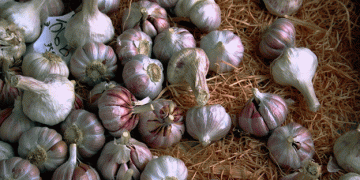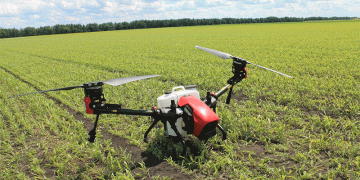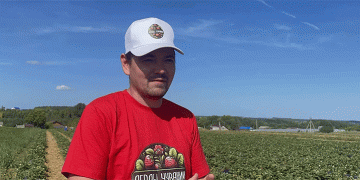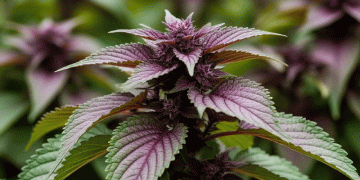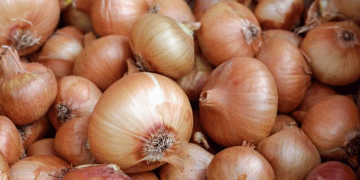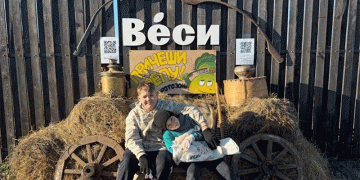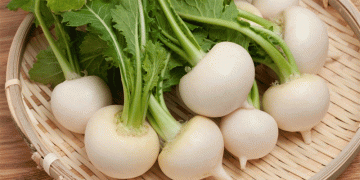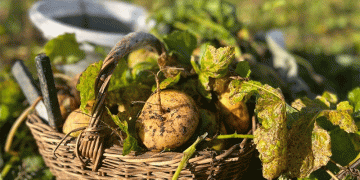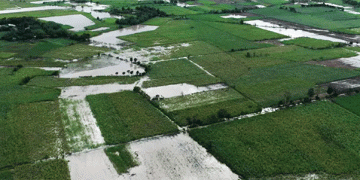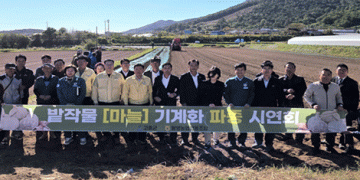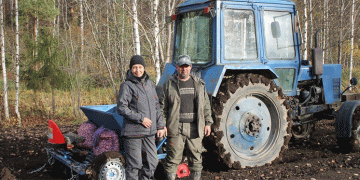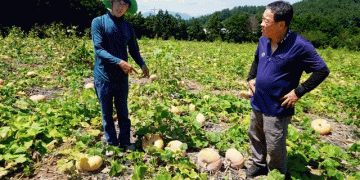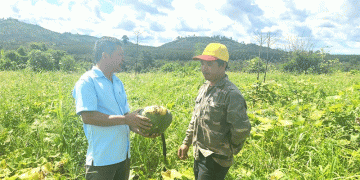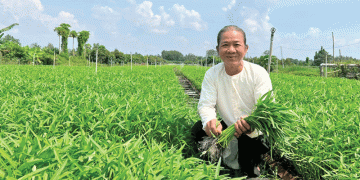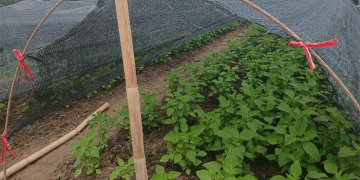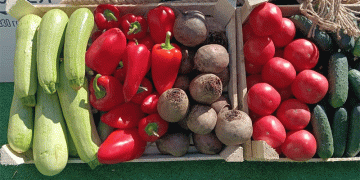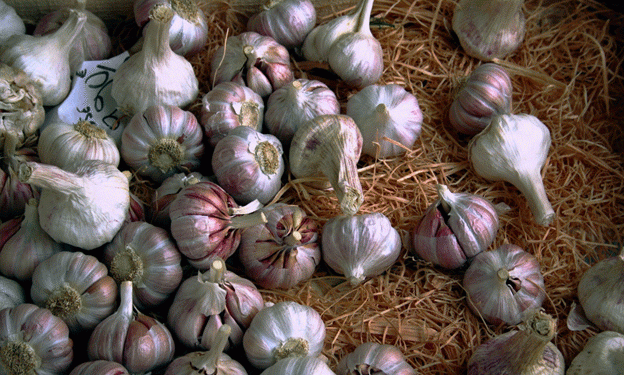Garlic production in Russia has seen significant growth in recent years, with Dagestan emerging as the country’s leader in garlic cultivation. The region’s agricultural strength, bolstered by favorable climatic conditions and deep-rooted expertise in farming, has positioned it as a key contributor to the nation’s food supply. In 2023, Dagestan produced over 41,000 tons of garlic, accounting for nearly a quarter of Russia’s total garlic production, according to data from Rosstat.
The Growing Role of Dagestan in Garlic Production
Dagestan’s garlic industry is not only vital for local consumption but also plays a crucial role in reducing Russia’s reliance on garlic imports. The region’s agricultural policies and commitment to improving crop yields have paved the way for an expansion in garlic production, with over 2,000 hectares dedicated to the crop. These efforts have been recognized by government officials and local agricultural experts alike, who highlight the growing demand for garlic both locally and across the country.
In a recent visit to the largest garlic field in the region, located in the village of Velikent in the Derbent district, key agricultural figures, including Shari Sharirov, the First Deputy Minister of Agriculture and Food of Dagestan, noted the impressive progress in the region’s garlic cultivation. They toured the farm of local garlic grower Muhammed Mustafayev, who has been cultivating garlic for nearly a decade. This season, Mustafayev has leased a plot of 9 hectares, planting the “Mayskiy Raniy” variety. His garlic is irrigated using a drum-type sprinkler system, and he consistently consults with local agricultural experts to ensure the best care for his crops.
Government Support and the Role of Science
Shari Sharirov emphasized that the high-quality garlic produced in Dagestan is not only a staple in local cuisine but also plays a significant role in the national market. He noted that garlic cultivation is deeply ingrained in the traditions of the region, making it one of the most essential crops for Dagestan’s agricultural sector. However, despite the success, Dagestan, like many regions in Russia, still faces some dependence on imported garlic. To mitigate this, the region is looking into expanding garlic cultivation and increasing the area dedicated to this valuable crop.
The importance of integrating scientific support with agricultural practices was highlighted during the visit. Sharirov pointed out that timely soil analysis and professional agronomic guidance are critical to increasing yields and optimizing production costs. This collaboration between experienced farmers and scientists is key to maintaining and enhancing the efficiency of garlic production in the region.
The Russian Ministry of Agriculture has also provided support for farmers through the federal program aimed at stimulating open-field vegetable and potato farming, which began in 2023. This initiative offers financial assistance and expertise to farmers, including those cultivating garlic, ensuring the sustainability and growth of the industry.
Dagestan’s garlic production is a prime example of how traditional farming knowledge, combined with modern techniques and government support, can lead to significant growth and increased self-sufficiency. As the region continues to expand its cultivation of garlic, it not only strengthens its position in the national agricultural market but also contributes to Russia’s efforts to reduce import dependency. With ongoing support and scientific collaboration, the future of garlic farming in Dagestan looks promising, offering both economic benefits for local farmers and an important agricultural commodity for the country.
